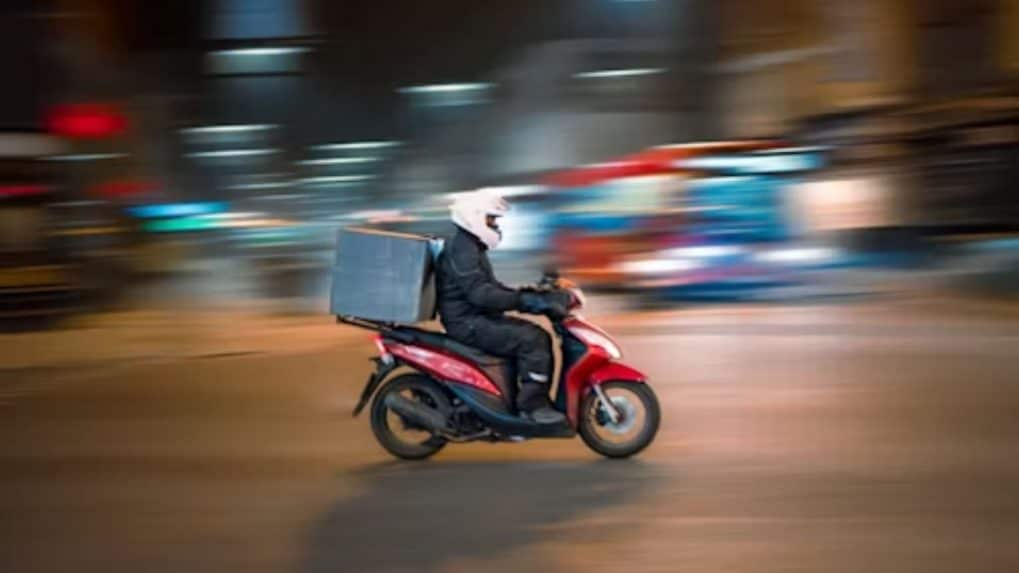Digital
Why OpenAI is hiring 100 ex-bankers: Inside the ChatGPT-maker's secret project to automate Wall Street's grunt work

A decade after food delivery platforms burst onto India’s consumption landscape, the sector is still struggling to make money. Over the past decade, more than five food-tech players, including Foodpanda, Uber Eats, Amazon Food, and TinyOwl, have exited the market. Zomato and Swiggy remain the two major survivors. However, their quarterly performances reflect a market still struggling to turn scale into sustainable earnings.
The sector’s two oldest survivors — Zomato, backed by Eternal Ltd., and rival Swiggy — reported their Q2 FY26 results, underscoring the persistent challenge.
During the recently concluded second quarter, Bengaluru-based Swiggy’s loss soared to Rs 1,092 crore, up sharply from last year’s Rs 626 crore. Zomato suffered a brutal 63% profit plunge, netting just Rs 65 crore. Even Eternal’s attempt at hyperfast delivery, Zomato Quick, was axed six months after launch.
Still, growth in revenue, EBITDA, gross order value (GOV), and net order value (NOV) over the years has reinforced their confidence to stay in the game.
The food-tech struggle
Food delivery aggregators earn from four main streams: restaurant commissions, delivery fees, platform fees, and in-app advertising.
Despite their dominance, both Zomato and Swiggy continue to face the harsh reality — food delivery alone is not a profitable business. To mitigate this, they have broadened their portfolios into adjacent businesses such as quick commerce and ticketing.
In India’s $45.15 billion food delivery market, Zomato commands a 58% share, followed by Swiggy at 42%.
“Food delivery is operationally intense,” said Pranav M Rungta, Managing Committee Member, National Restaurant Association of India (NRAI). “It needs massive rider fleets and vast restaurant networks. As a relatively new sector, it racks up more failures than wins.”
India trails Western markets on both order frequency and average order value. Delivery fees are also significantly lower — Zomato charges about Rs 12.50 per order and Swiggy Rs 15. In comparison, US players like DoorDash, Grubhub, and Uber Eats charge about $158, $152.26 and $162.64, respectively.
Rungta noted that nearly 70% of orders on Zomato and Swiggy carry zero delivery fee due to subscription programs like Swiggy One and Zomato Gold.
“These platforms are masking delivery fees to build user habits,” he said. “Once they’re confident that food delivery has reached scale and frequency, they can charge transparently, generate additional revenue, and improve profitability. Until then, discounting will keep them at a loss or minimal profit.”
The India–US spending gap is also stark: India’s average ticket size is Rs 220–Rs 230, compared to about $50 in the US.
Fragmented market adds pressure
Karan Taurani, Executive Vice President at Elara Capital, pointed to industry fragmentation as another key challenge. Only about one-third of India’s food services market is organized, with a long tail of small eateries and local chains. This structure gives platforms greater bargaining power, often leaving smaller players feeling disadvantaged by high commission fees and aggressive discounting. Zomato and Swiggy typically charge restaurants 15–30% commission per order.
However, Taurani noted that profitability is gradually improving as established chains scale and new brands enter the market, supported by liquidity and rising consumer acceptance.
“Most companies operate at 3–5% EBITDA as a percentage of GOV, translating into 8–14% EBITDA margins. So profitability is not a concern. Margins should continue to expand through levers such as platform fees and ad revenue. In steady state, EBITDA margins could settle at 80–90%, including ESOP costs, with further upside potential.”
During Q2, Eternal founder Deepinder Goyal acknowledged ongoing macro and industry headwinds — including weak discretionary spending, quick commerce competition, and volatile weather — but said food delivery NOV growth appears to be bottoming out.
Industry experts said that until food delivery giants--Zomato and Swiggy curb discounts, raise delivery fees, and deepen monetization, margins will remain constrained—especially in a low-spend, fragmented market.
"Without sustained pricing power and consolidation among restaurant partners, real profitability may remain aspirational," said Rungta.
From purpose-driven work and narrative-rich brand films to AI-enabled ideas and creator-led collaborations, the awards reflect the full spectrum of modern creativity.
Read MoreIn a wide-ranging interview with Storyboard18, Sorrell delivers his frankest assessment yet of how the deal will redefine creativity, media, and talent across markets.